




Tinplated Steel
Classification :
PRODUCT DETAILS
Description
Tinplate is a steel product with a multi-layer protective film (layer) on the surface of a stampable thin steel plate. It is corrosion-resistant, non-toxic, odorless, shiny, light, high-strength (relative to paper, wood, and composite materials), easy to print, weld, and process, and has strong adaptability to ambient temperature. Therefore, more than 70% of the total output of tinplate is used for food and beverage packaging. In addition, it is also used as packaging and raw material for chemical, pharmaceutical, electromechanical, hardware, telecommunications, and other industries.
Parameter
| Product Name | Tinplate |
| Grade | SGCC , DX51D DX52D DX53D ,CS G230-550 |
| Width | 0.6m-3m or as required |
| Thickness | 0.12mm-6.00mm or as required |
| Standard | AiSi, ASTM, bs, DIN, GB, JIS. |
| Technique | Cold rolled |
| Surface Finish | Bright/Stone/Silver finish with passivation treatment ,DOS oil |
| Thickness tolerance | ±0.15mm |
| Temper | T1, T2, T3, T4, T5, DR7, DR8, DR9, TH550, TH580, TH620, TH660 |
| Coatings | 1.1/1, 2.0/2.0, 2.8/2.8, 2.8/5.6, 5.6/5.6, 8.4/8.4, 11.2/11.2(g/m2), etc or according to customer's requirement |
| MOQ | 1tons.We also can accept sample order. |
| Shipment time | Within 15-20 workdays after receiving deposit or L/C |
| Export packing | Waterproof paper, and steel strip packed. Standard Export Seaworthy Package.Suit for all kinds of transport,or as required |
Substrate thickness: Common thickness range is 0.1 - 0.4mm, such as 0.15mm, 0.2mm, 0.25mm, etc. Different thicknesses are suitable for different product packaging. Thinner tinplate is used for small food cans, while thicker ones are suitable for large chemical containers.
Substrate material: Substrates are generally made of low-carbon steel, which has a low carbon content, good plasticity and toughness, and is easy to process and shape. Customers will pay attention to the mechanical properties of the substrate, such as yield strength and tensile strength, to ensure that it can withstand external forces during processing and use.
II) Tin coating parameters
Tin coating amount: The unit is g/m². Common tin coating amounts include 5.6g/m², 8.4g/m², 11.2g/m², etc. The higher the tin coating amount, the stronger the corrosion resistance. Customers will choose the appropriate tin coating amount according to the characteristics and storage period of the packaged product.
Tin coating uniformity: Whether the tin coating is uniform directly affects the protective performance of tinplate. A uniform tin coating can provide a more stable anti-corrosion effect.
Surface quality parameters
Surface grade: It is divided into substandard products, qualified products, first-class products, and superior products. The surface of superior products has no obvious scratches, pits, rust spots and other defects, which are suitable for packaging with high requirements for appearance.
Surface roughness: It affects the printing effect and coating adhesion. A surface with moderate roughness can make the printed pattern clearer and the color more vivid.
Performance, material and characteristics
(I) Performance
Corrosion resistance: The tin layer can form a dense oxide film in the air, isolating oxygen and moisture, protecting the substrate from corrosion, and is suitable for packaging with high anti-corrosion requirements for food, beverages, etc.
Processing performance: It has good ductility and formability, and can be made into containers of various shapes, such as round cans, square cans, special-shaped cans, etc., through stamping, stretching, welding and other processes.
Printing suitability: The surface is flat and smooth, with strong adhesion to coatings and inks, and can achieve exquisite color printing, enhancing the visual appeal of product packaging.
Sealing: Through the rolling process, a good sealing effect can be achieved to prevent leakage, moisture and oxidation of the contents, and extend the shelf life of the product.
(II) Material
Tinplate is a low-carbon thin steel plate with a layer of tin on the surface, mainly composed of a substrate (low-carbon steel) and a tin-plated layer. The low-carbon steel substrate provides strength and toughness, and the tin-plated layer gives it good corrosion resistance and aesthetics.
(III) Characteristics
Safety and hygiene: Tin is non-toxic and harmless, meets the food packaging hygiene standards, will not pollute the contents, and can directly contact food.
Recyclability: It is a recyclable metal material, the recycling process has low energy consumption, is environmentally friendly, and conforms to the concept of sustainable development.
High mechanical strength: Compared with plastic and paper packaging, tinplate has higher strength and rigidity, and can better protect the contents from being squeezed and damaged during transportation and storage.
Uses
Food packaging: It is widely used in various types of food packaging, such as canned meat, canned fish, canned fruit, biscuit boxes, milk powder cans, etc., which can effectively prevent food from spoiling and maintain food flavor.
Beverage packaging: It is used to make beverage cans, beer cans, etc. Its good sealing and corrosion resistance can ensure the quality and taste of beverages.
Chemical packaging: It is used to contain coatings, paints, lubricants, chemicals, etc., and ensures the safety of chemicals during storage and transportation with its high strength and corrosion resistance.
Daily necessities packaging: making cosmetic boxes, medicine boxes, pencil cases, gift boxes, etc., with exquisite printing and unique design to enhance the added value and attractiveness of the products.
FAQ:
Q. Does tinplate meet environmental standards? Is it easy to recycle?
A. Tinplate is mainly composed of a low-carbon steel substrate and a tin layer. Both tin and steel are recyclable resources, and no harmful substances are produced during the recycling process, which meets many domestic and international environmental standards.
Q. How is the anti-corrosion, moisture-proof and anti-oxidation ability of tinplate? Can the shelf life of the product be guaranteed?
A. The tin layer on the surface of the tinplate can quickly form a dense oxide film in the air, effectively isolating oxygen, moisture and corrosive substances, and providing all-round protection for the contents. Tinplate with a tin coating of 11.2g/m² can provide effective protection for food, beverages and other products for up to several years under normal storage conditions.
Q. Can tinplate meet complex processing requirements? Is the printing effect clear and lasting?
A. Tinplate has good ductility and formability, and can be easily made into various complex-shaped packaging containers through stamping, stretching, welding and other processes.
It has strong adhesion to coatings and inks, and can be clearly presented; and after special treatment, the printed pattern has excellent wear resistance and scratch resistance, and is not easy to fade or fall off during long-term storage and transportation, which can fully meet the needs of product display.
Customer feedback

CUSTOMER CASES

22,000 tons of cold rolled steel shipped to Iraq

12,000 tons of cold rolled steel shipped to Japan

5,000 tons of galvanized and color-coated coils shipped to Russia

6,000 tons of galvanized and color-coated coils shipped to Africa
APPLICATION AREAS

Factory

Excavator

High-speed rail

Automobile manufacturing

Wind power generation

Mining
PARTNER
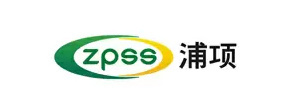
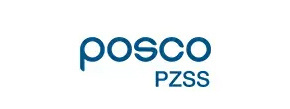
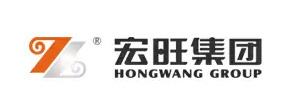
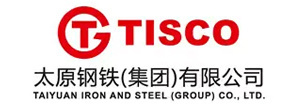
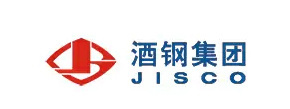
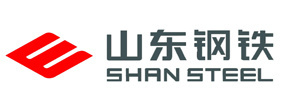
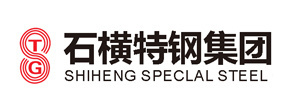


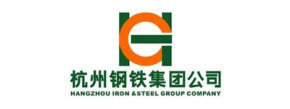
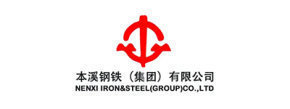
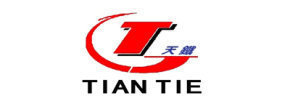
FACTORY WORKSHOP

Factory Workshop

Factory Workshop

Factory Workshop

Factory Workshop

Factory Workshop

Factory Workshop

Factory Workshop

Factory Workshop
FAQ

Once the products received by customer were found not comply with the products or contract demands, what will you do?


Do you provide samples Is it free or extra?


What certifications do your products have?


What kind of payment terms would you accept?


What is the delivery time?


What is your MOQ?

RELATED PRODUCTS
GET A FREE QUOTE

